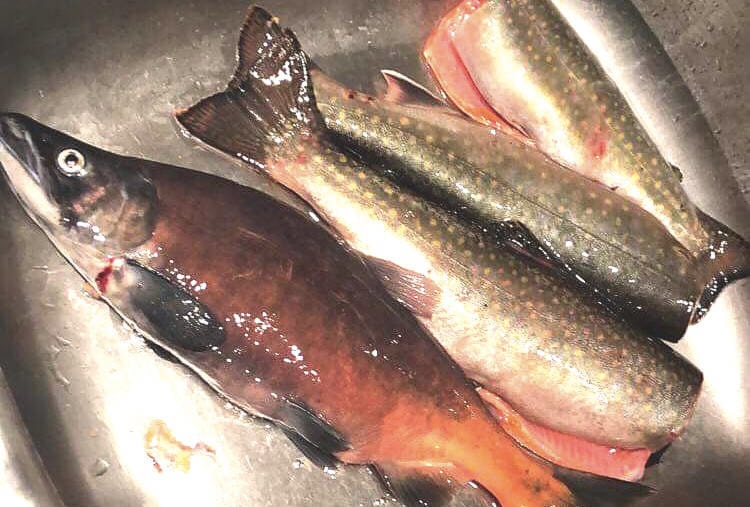The Freshwater Fisheries Society of BC has been enhancing recreational angling in the Burns Lake area by stocking a nearby lake with thousands of fish each year.
In 2019, the organization stocked the Co-Op Lake, located approximately 25 km east of Burns Lake, with 3,000 eastern brook trout and 2,600 kokanee.
This initiative is part of a wider provincial stocking program that aims to create recreational opportunities for anglers, said Jessica Greinke, a spokesperson for the private non-profit organization that works in partnership with the provincial government and industry.
“We stock over six million kokanee, char and trout into B.C. lakes and streams each year,” said Greinke, adding that about 50 per cent of freshwater recreational angling in B.C. takes place on the over 800 lakes and streams that they stock.
In recent years, the organization has developed new sources for kokanee eggs to support the provincial stocking program, which has been in place since the early 2000s.
In 2017, kokanee was introduced to the Co-Op Lake, which had only been stocked with eastern brook trout since 2010. Greinke said both species co-exist well and tend to utilize different food types in the lake.
But the organization proceeded with some caution, using all female and sterile stocks of kokanee.
Greinke said stocking only sterile females helps reduce genetic risks to wild stocks, and the fish generally live longer and grow larger, improving the fishery for anglers.
Stocking lakes with sterile kokanee also reduces the probability of hatchery fish leaving a system and interfering with other native wild fish, and it reduces natural post-spawning mortality, according to the organization.
Kokanee are the same species as sockeye salmon, but although sockeye migrate to the sea as juveniles and return to fresh water as adults to spawn, kokanee reside in fresh water all their lives.
The fish stocked into Co-Op Lake came from the Clearwater Trout Hatchery, said Greinke.
The fish were loaded into oxygenated water tanks in trucks and transported to Co-Op Lake, she said. They were then released via gravity feed using pipes that were attached to each tank.
Freshwater sport fishing is an important economic contributor to the province, with licensed anglers spending about $500 million each year in British Columbia, according to organization. Most new kokanee fisheries have proven popular, with fishing more than doubling on these lakes.
